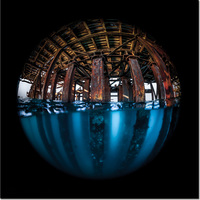Thursday, September 10. 2015
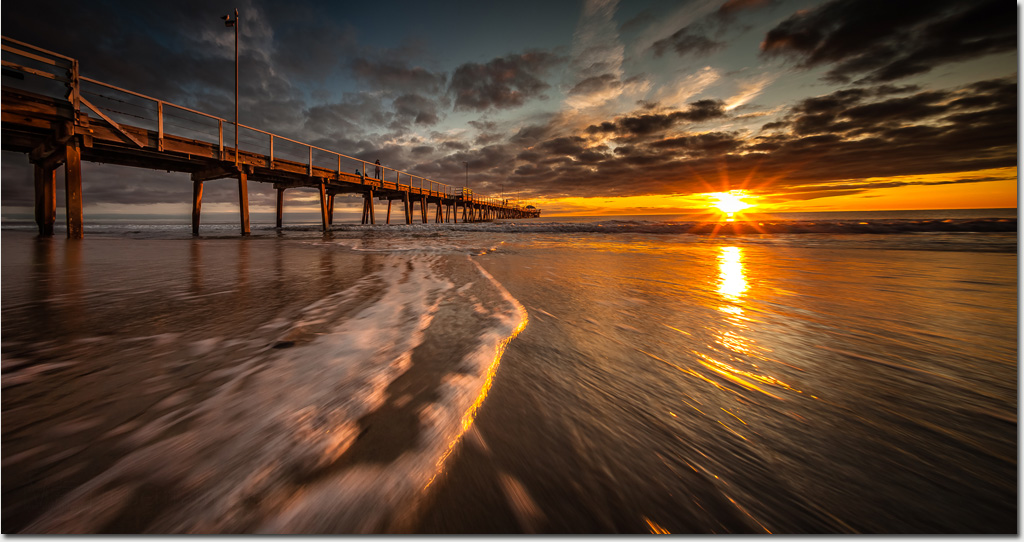
Finally the winter gloom is beginning to fade, the days are getting longer and the temperature beginning to edge up.
Little by little Spring is making its way into into our world giving tantalizing hints of a Summer to come.
Not that you can tell any of this looking out into a Henley Beach sunset.
Photo: Robert Rath, 'It's Getting Nicer Now' 1/15s f/14 ISO100 15mm
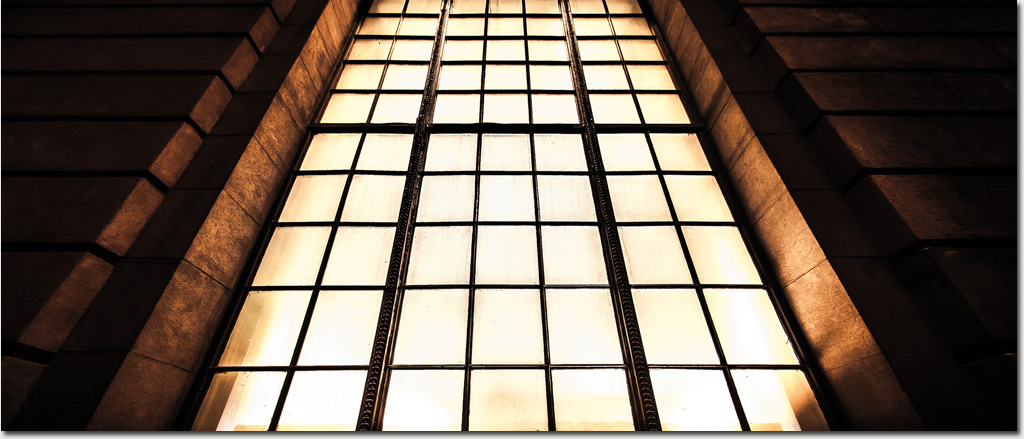
After a while looking at this image I lose track of which side of the wall I am.
Am I on the inside of a darkened room with the light pouring through or on the outside looking back in.
Photo: Robert Rath, 'Inside or Out' 5s f/16 ISO160 15mm
Tuesday, September 8. 2015
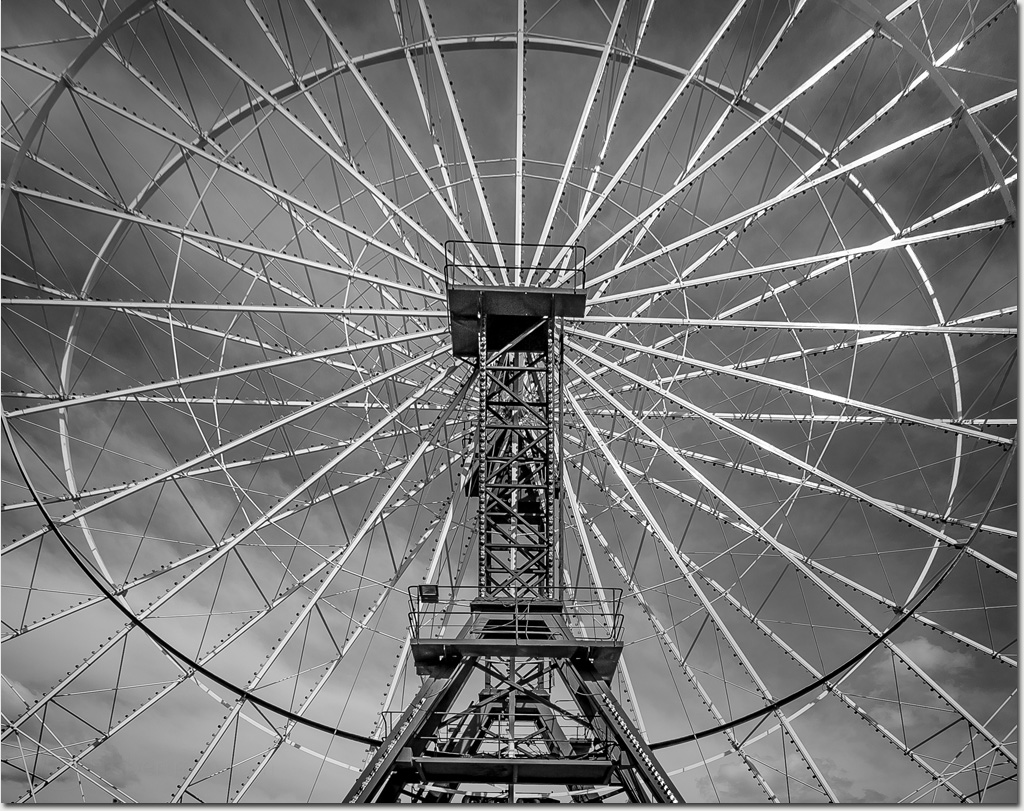
Ignoring the carriages and peering straight through the steelwork it's easy to forget this structure is an amusement ride.
A giant steel spiderweb or perhaps some archaic antenna searching for extraterrestrial life. In fact anything but the fun and games of a show.
I must admit however some deep and primal part of me would rather climb a structure like that. Now that would be fun.
Photo: Robert Rath, 'The SETI Wheel' 1/640 f/7.1 ISO100 15mm
Sunday, September 6. 2015
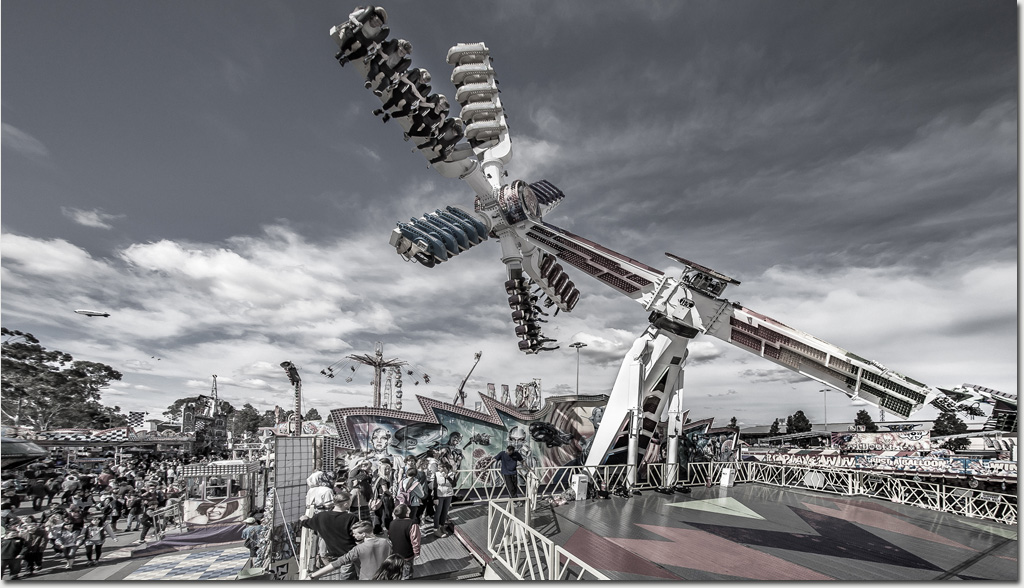
Excited murmuring ran up and own the queue as they waited apprehensively in line.
Above them yelps of joy, shrieks of horror, wailing fear and cries of exhilaration filled the sky. Soon they would know ...
They had all dreamed to fly. They were all about to find out what it just might be like.
Photo: Robert Rath, 'They All Dreamed To Fly' 1/1250 f/7.1 ISO100 15mm
Saturday, September 5. 2015
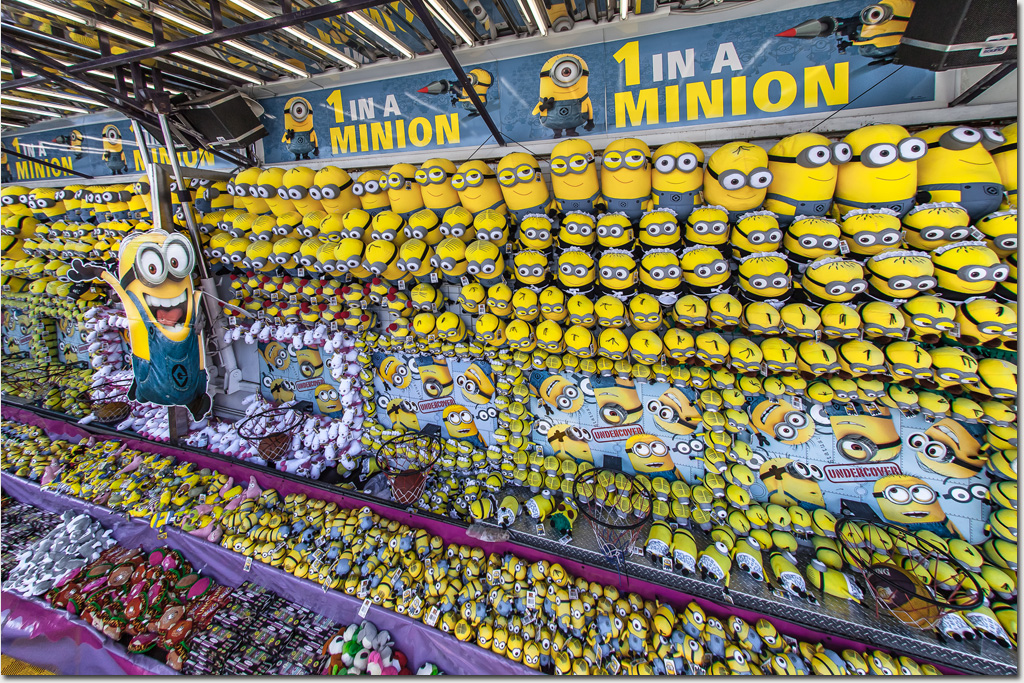
Minions, minions everywhere. It seems they are unstopped and are set to take over the Royal Adelaide Show.
You can just imagine at the end of an evening, when the people are gone, when the side-show crew has packed up for the night, when all the lights are out and the covers are down, imagine all those minions coming to life and having their own show. Now that I'd like to see!
What are the chances? One in a million and the same chances of actually winning one!
Photo: Robert Rath, 'One in a Minion' 1/320 f/7.1 ISO100 15mm
Friday, September 4. 2015

While waiting at the airport I initially thought, 'what a great place for some people/street style photography.
Once there however I felt very differently with security cameras and stern looking officials at every turn making me feel like a criminal for even holding a camera.
Lets' just say I got quite a lot of practice tying my shoelaces that morning.
Photo: Robert Rath, 'Even Disney Princesses Have To Wait' 1/100 f/1.4 ISO100 50mm
Thursday, September 3. 2015
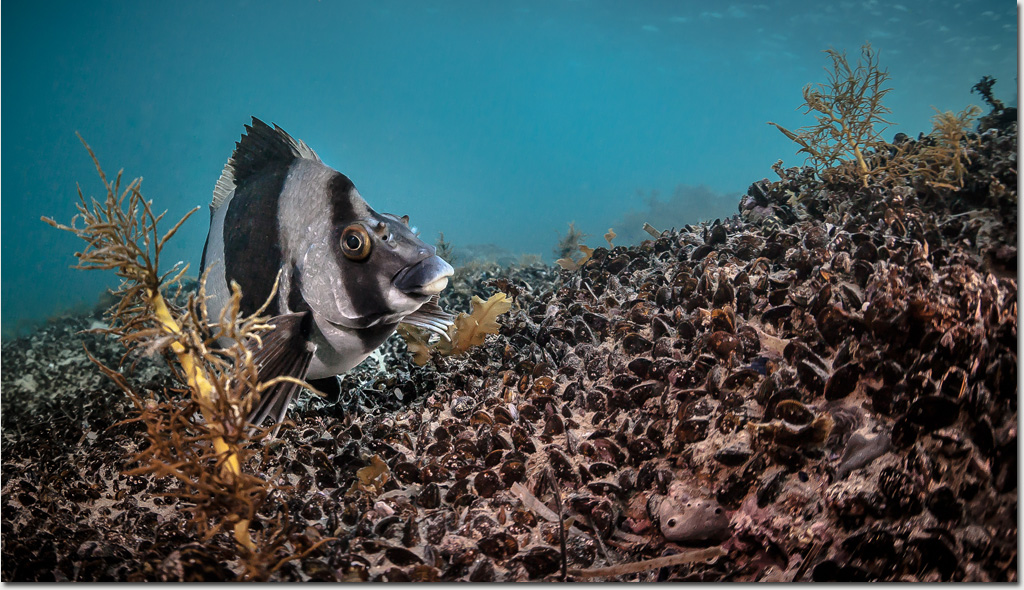
The Magpie Morwong, Cheilodactylus nigripes is one of our most common reef fish and I just happened upon this one nonchalantly hanging around.
Normally I can't get this close (needed when using a wide angle lens ) but on this occasion this guy hung there as if just saying g'day. A real poser!
Anyone not local to South Australia football might not get the title, sorry it just came out. Magpies supporters, you know who you are.  Photo: Robert Rath, 'Underwater Port Supporter' 1/125 f/7.1 ISO800 15mm
Photo: Robert Rath, 'Underwater Port Supporter' 1/125 f/7.1 ISO800 15mm
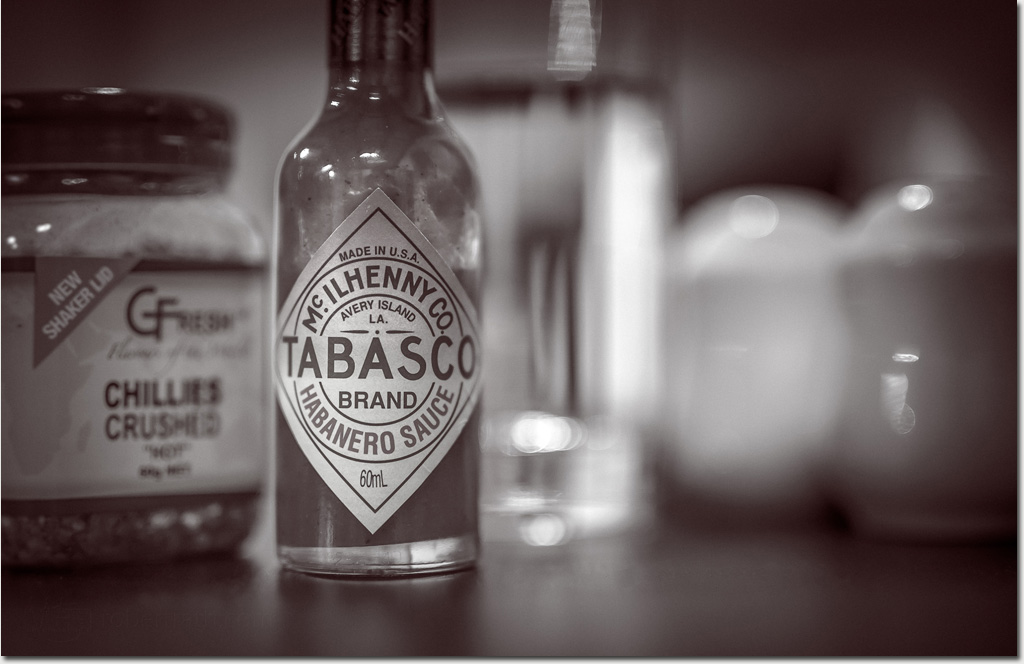
I'm not giving away any secrets when I say I like my dinner guests 'hot'.
Just saying...
Photo: Robert Rath, 'Dinner Guests' 1/15 f/1.4 ISO100 50mm
i
Tuesday, September 1. 2015
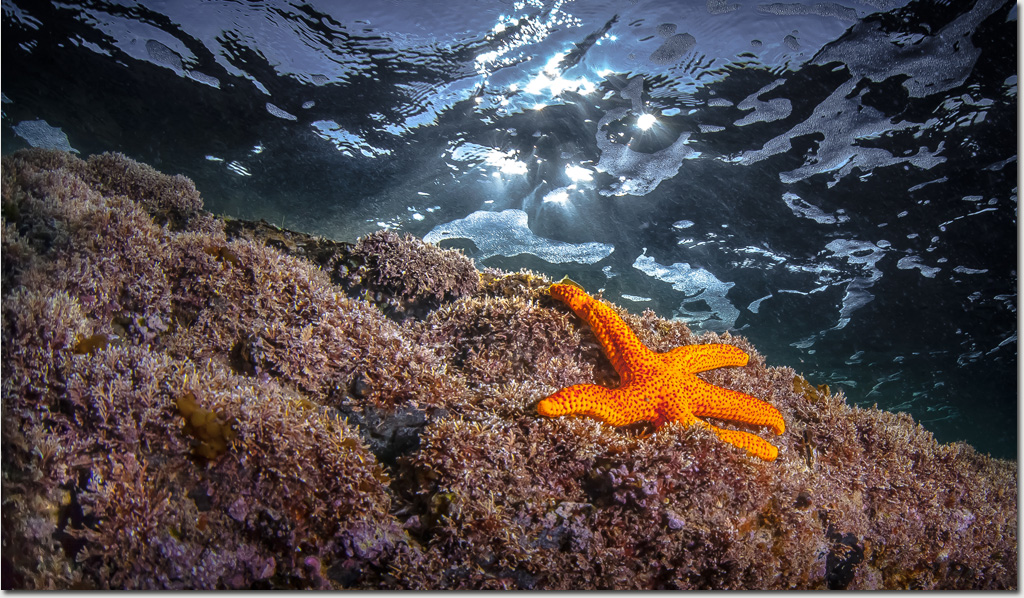
I've tried to work out who this guy is. It could be Echinaster varicolor or perhaps Pseudonepanthia troughtoni or even Nectria ocellata.
I will leave that one up to the experts and concentrate on the shadows, the sunlight and the starfish.
Photo: Robert Rath, 'Star in the Spotlight' 1/200 f/22 ISO800 15mm
Monday, August 31. 2015
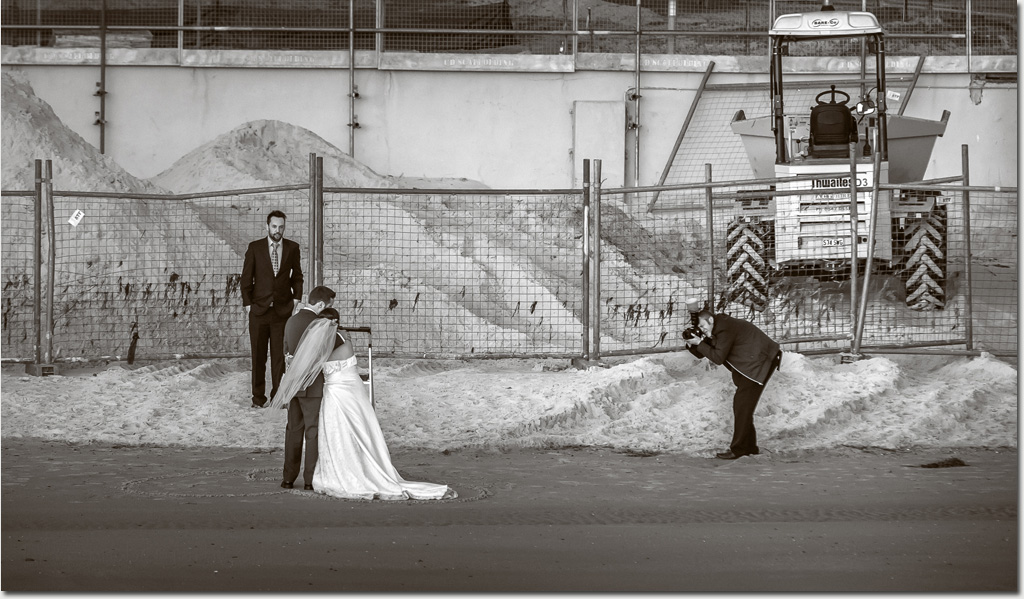
There is a story in this image of dreams, and plans, a wedding, celebration, beach photos a front end loader and cyclone fencing.
I can only guess when this newly wed couple planned their special day they imagined a pristine beach, a gorgeous sunset and the romance of the iconic Henley Beach Jetty.
Little did they know they would be sharing it with the industrial reconstruction taking place there.
I'm sure their photographer was resourceful and created wonderful images for them despite the not so attractive state of the beach and its surrounds.
One moral I'm always reminded of here is to 'expect the unexpected'.
And of course congratulations to the happy couple!
Photo: Robert Rath, 'Worksite Wedding' 1/80 f/4 ISO400 200mm
Sunday, August 30. 2015
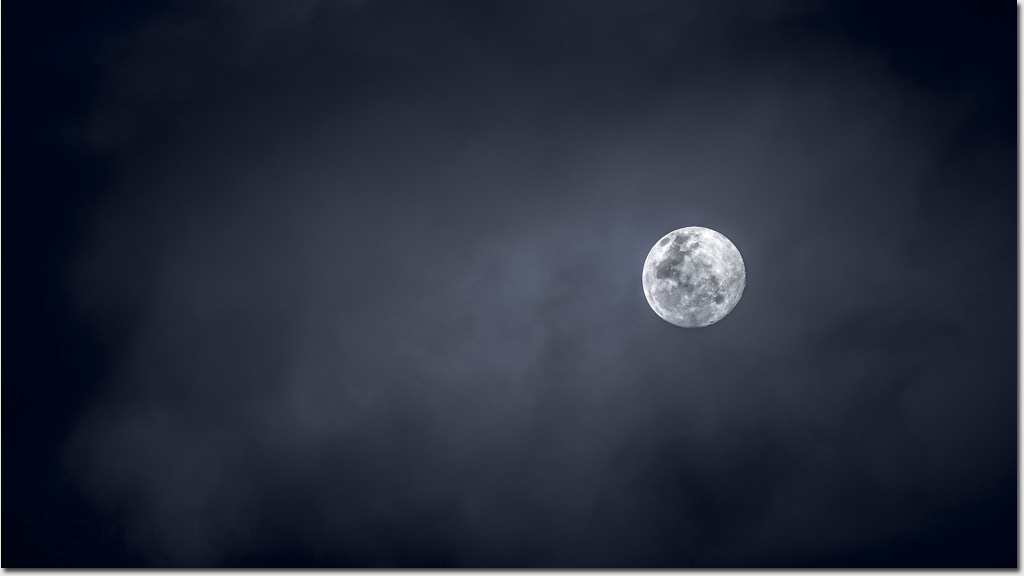
Sometime 'almost' really is good enough.
When the moon is almost full the shadowed edge has structure and detail of craters that is lost on a full moon.
When the sky is completely clear of cloud there is nothing to put context around an otherwise bright object in a black sky.
This almost full moon in an almost clear sky is good enough for me.
Photo: Robert Rath, 'Almost' 1/1000 f/2.8 ISO400 200mm
Saturday, August 29. 2015
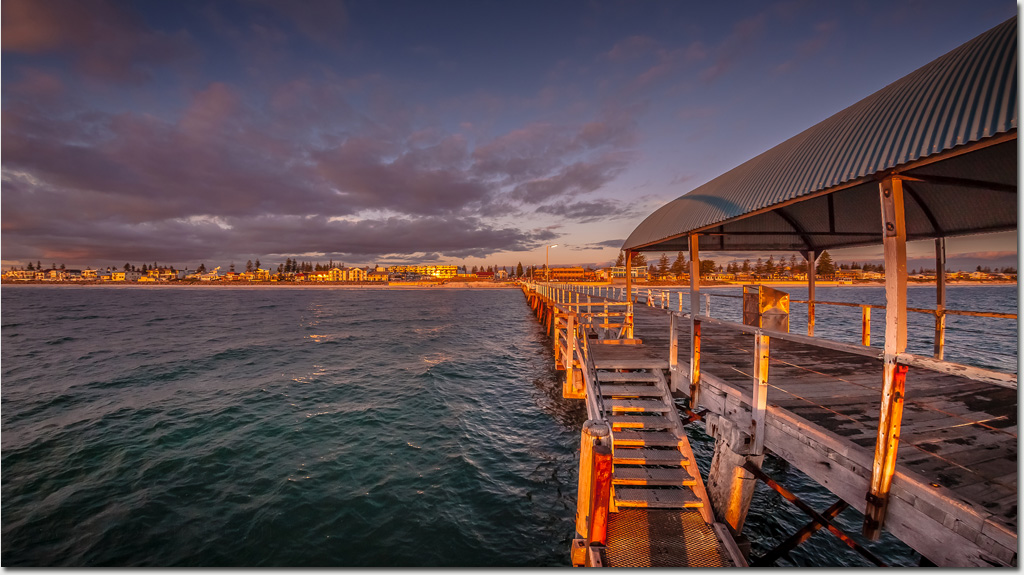
Every photographer loves the 'golden hour' for its soft light and golden tones let alone the beauty of the setting or rising sun.
I was hoping for yet another beautiful sunset but the all of the dramatic sky was to the north east so I headed out to the end of Henley Beach Jetty and looked back on a golden coastline.
The way the colours changed over the next 5 minutes was amazing as the tones shifted from deep warm gold through to the cool colours of twilight.
Oh, and the title of this image will probably only make sense if you read my last post titled 'Pixel Trap'. Thank you photons for creating my pixels.
Photo: Robert Rath, 'Them Pixels' 1/200 f/10 ISO320 15mm

Those poor unsuspecting photons never stood a chance as I pointed the trap away from the golden sunset.
For thousands of years those photons had been bouncing their way from the heart of the sun towards its surface and finally they thought they were free from that fiery womb.
For the last nine minutes of their existence they screamed though time and space, laughing at me and my odd contraption as they sped on by. But I was ready for what would happen next.
As the beach and buildings of Henley Beach basked in that golden onslaught those photons reflected right back at me to finally be caught in my cunning pixel trap.
Those poor unsuspecting photons don't exist anymore. They gave their lives to create this image.
Photo: Robert Rath, 'Pixel Trap' 1/320s f/4 ISO320 75mm
Thursday, August 27. 2015
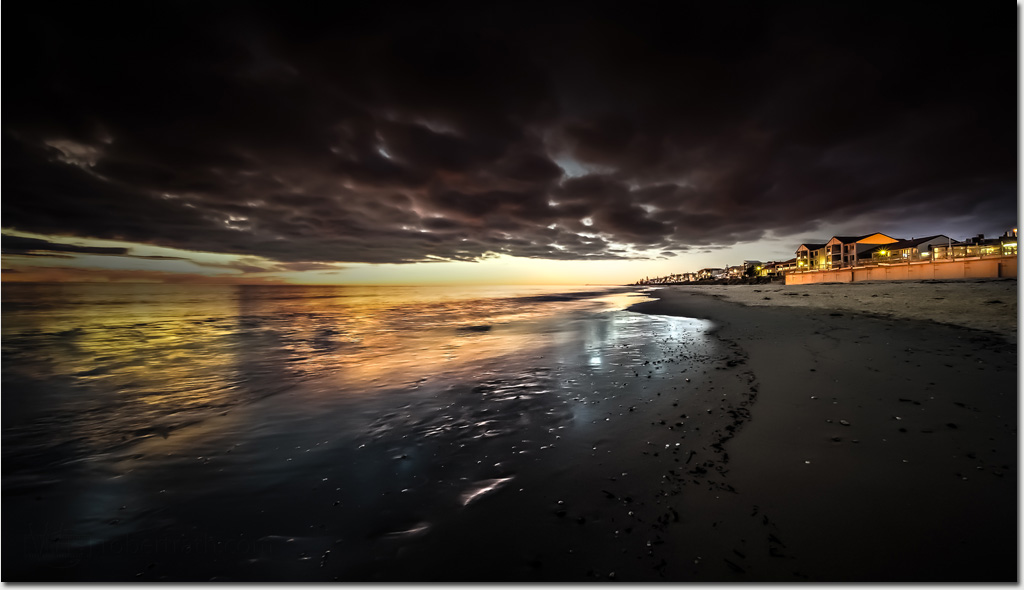
A big woolly blanket being pulled up from the south leaves a window of twilight sneaking in from the north.
It's easy to imagine those last vestiges of light disappearing as Henley Beach gets tucked in for the night.
Soon it will be bed time for all.
Photo: Robert Rath, 'Putting Henley Beach To Bed' 5s f/14 ISO640 15mm
Wednesday, August 26. 2015
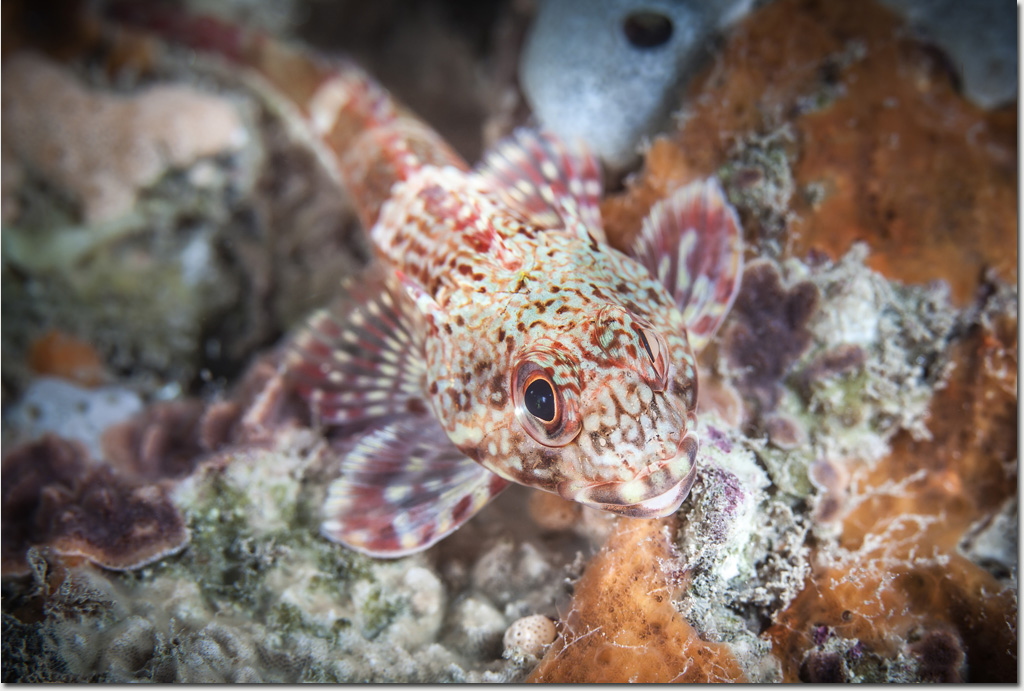
It's the end of a Rapid Bay dive and as all well executed dive plans end, another slow safe ascent back up to the entry point.
Except this time I spent a little while under the entry platform and it is a microcosm teaming with life.
Hard coral's, sponges, snails, crabs, blennies and gobies all in 50cm of water.
It is a little disconcerting that every time I breath out my bubbles go everywhere chasing critters back into their hiding places however there is plenty to see here right under the feet of other divers just entering the water.
Castelnau's Goby, Nesogobius pulchellus
Photo: Robert Rath, 'Right Under their Feet' 1/200s f/22 ISO100 100mm
Tuesday, August 25. 2015
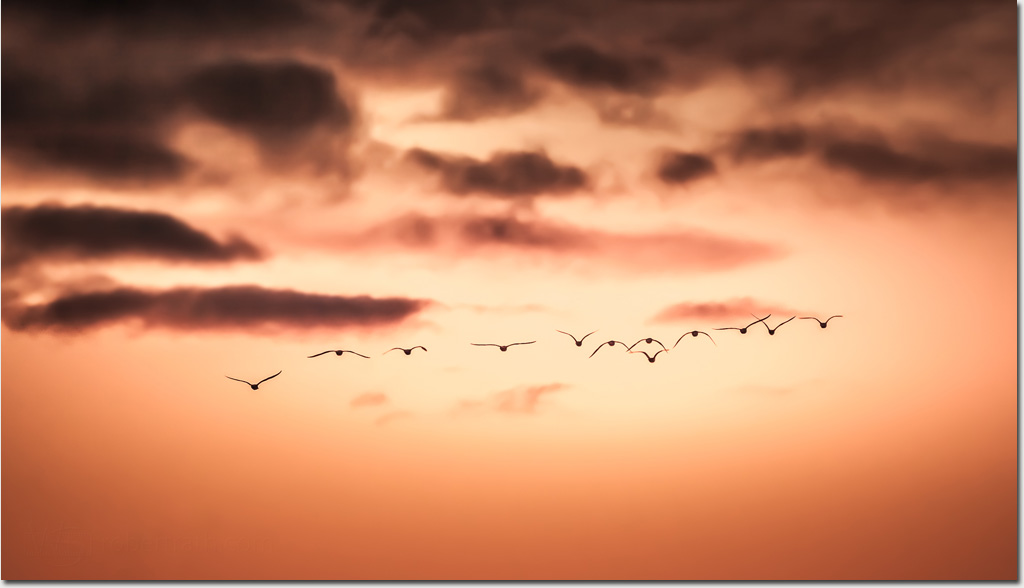
Silhouettes are beautiful in the dying twilight, especially ones set in the open sky.
It is interesting to watch the seagulls after sunset heading north in small groups like this one. It is curious that I never see them flying south at this time. Perhaps I should come back int the early morning.
If you walk along along a reasonable stretch of the beach in the evening you will find groups of seagulls settled on the sand having already performed their own northward congregation.
I'd swear these gulls however were planning on flying away forever.
Photo: Robert Rath, 'Fly Away Forever' 1/250s f/2.8 ISO320 200mm
Monday, August 24. 2015
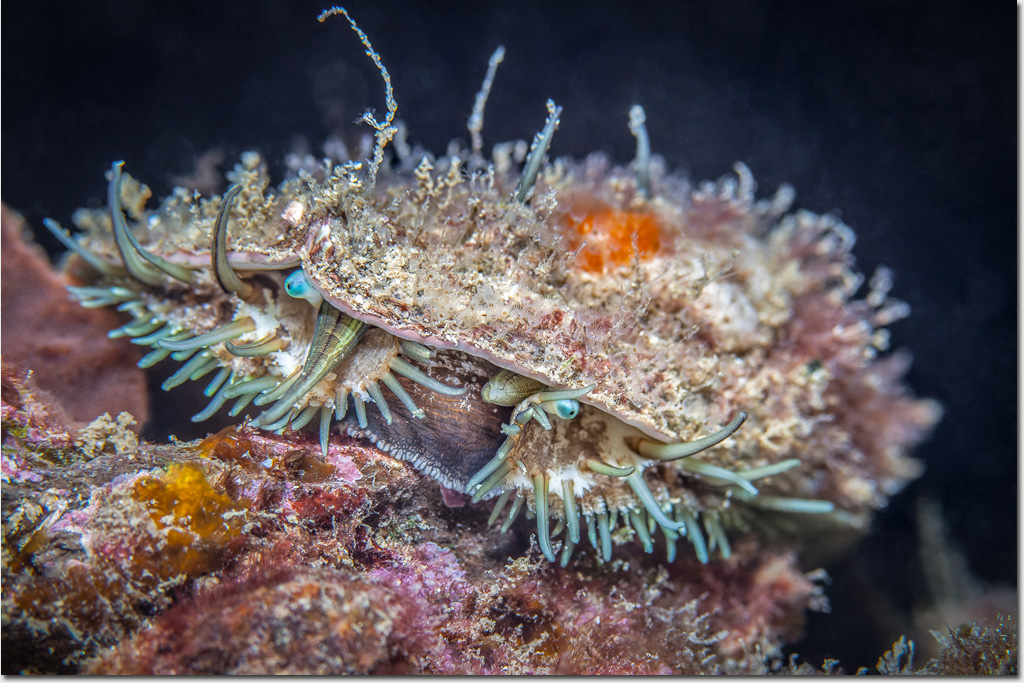
Port Noarlunga has lots of small abalone and normally they are seen as flat shellfish firmly attached to rocks as if welded to them.
Come out and night and those innocent pretend rocks turn into predatory marauding green eyed monsters fit to give children nightmares.
Good thing we are larger the a couple centimeters or these guys would keep me out of the water forever! Well at night at least anyway.
Blacklip Abalone, Haliotis rubra, AKA 'The Green Eyed Monster'
Photo: Robert Rath, 'Green Eyed Monster' 1/100s f/16 ISO100 100mm+12mmEXT
Sunday, August 23. 2015
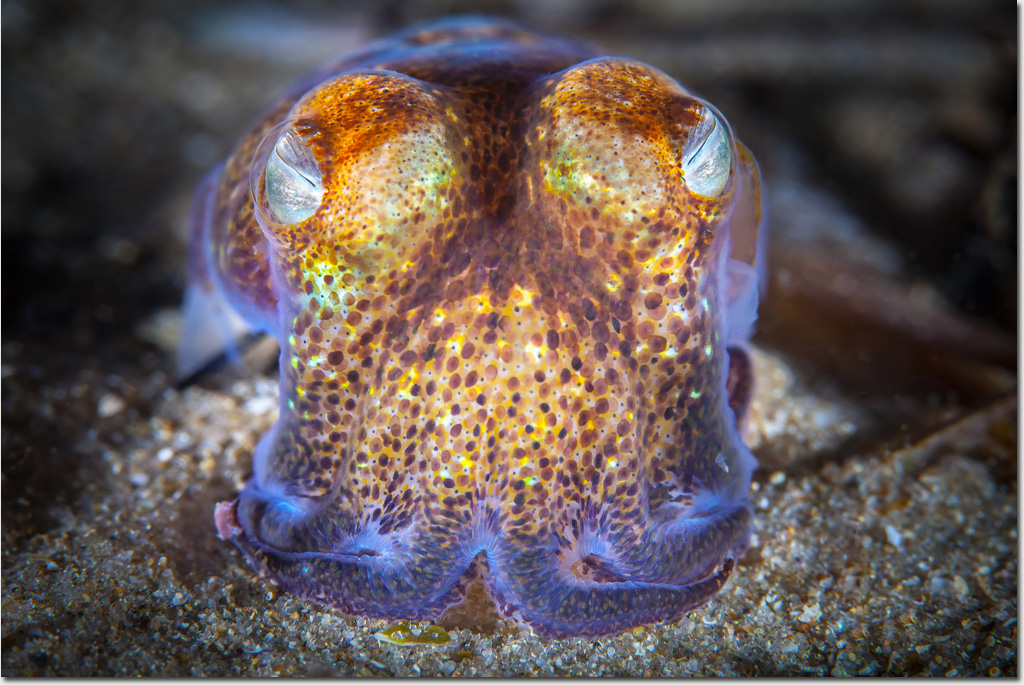
Port Noarlunga delivers again, well sort of!
I'd just repaired the strobe firing system on my housing and serviced all the port o-rings so I was pretty eager to get back in the water again.
It was late and the air was cold clear and still. Perfect for a night dive.
For those who have dived Port Noarlunga recently you will have discovered the steps down to the water at the end of the jetty are broken and have been boarded off from access. Access now is currently from a ladder mid-way down or as a beach entry. Carrying a large camera I found the ladder entry fine for getting in but I'd recommend coming back out on the beach rather than trying to get back up the ladder again.
Visibility was not fantastic, perhaps 2m at beast making it very easy to get lost even trying to follow the pylon line and a strong current just made navigation harder. The critter activity however was full on making the visibility immaterial. In the weed beds to the south of the jetty there was a huge amount of shellfish mating activity with many new and interesting positions observed. Barnacles perched atop razorfish fished for morsel with their feathery cirri outstretched into the current and anemones in the sand were everywhere.
There were many other critters going about their evening and I did not have to swim very far to really enjoy the dive. The highlight of my dive was this awesomely cute Southern Dumpling Squid, Euprymna tasmanicas.
At just under an hour this was one of the shortest dives I have done for a while but at 12 degrees that self imposed time limit was actually quite welcome and I got a few good shots for the effort.
Yes, Port Noarlunga delivered again.
Photo: Robert Rath, 'Dear Dumpling' 1/100s f/16 ISO100 100mm+12mmEXT
Saturday, August 22. 2015
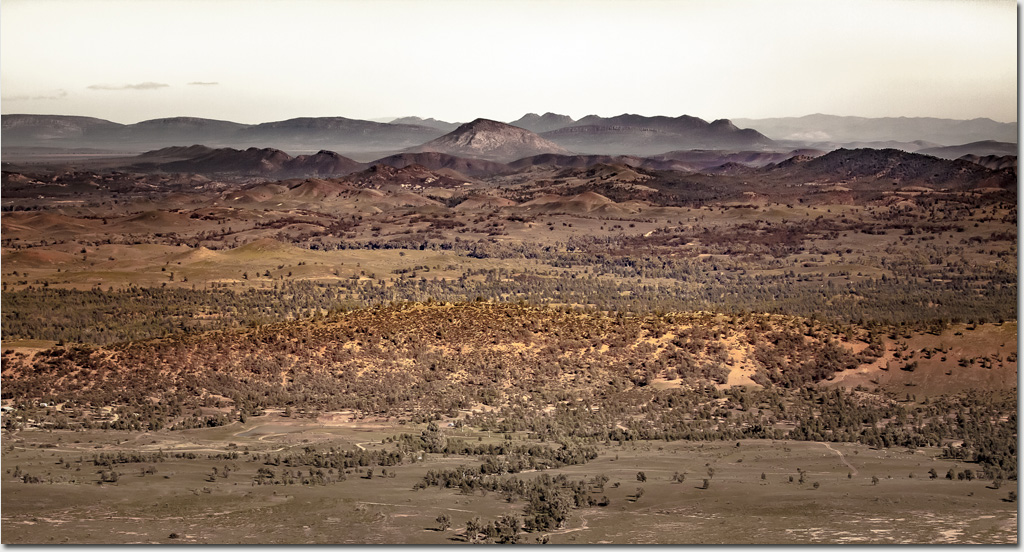
From halfway up Rawnsley's Bluff in the mid Flinders Ranges and looking back to the southwest is a vista that is beautiful, stark and dramatic.
A short 5 hour drive north of Adelaide is all it takes to get to this part of our diverse country and this time of the year is the best time to do it. With nights around 0 degrees C and days around the 20's hiking through this region is pleasant and rewarding. Come here in the middle of summer and you will find yourself in a parched and waterless 40 degree mountain desert landscape and a very different experience.
I don't come up here as often but when ever I do I'm reminded of how great our southern really is.
Photo: Robert Rath, 'Great Southern Land' 1/1500s f/5.6 ISO400 70mm
Friday, August 21. 2015
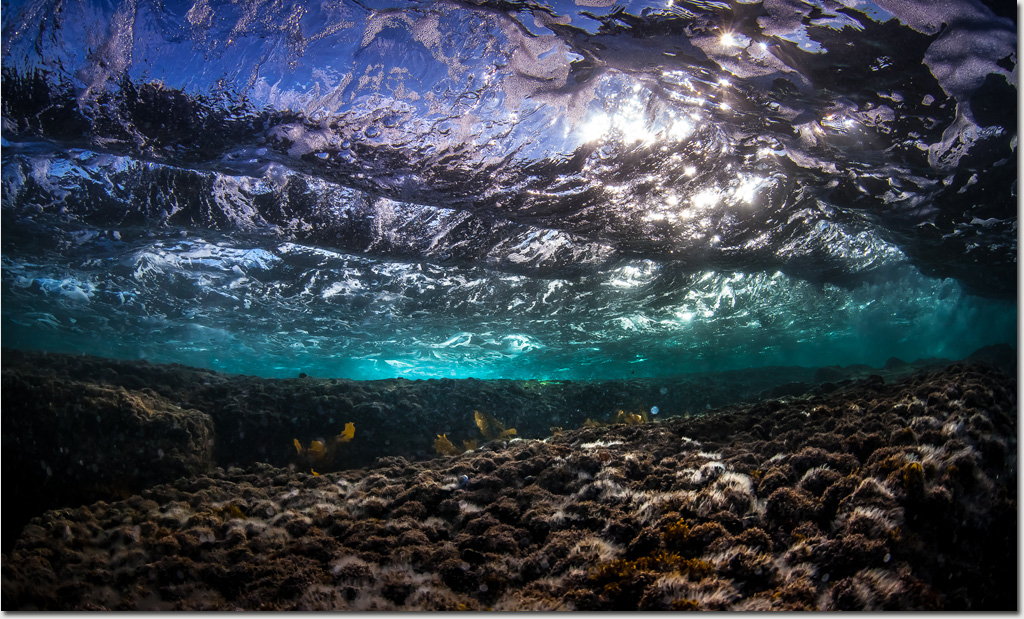
How often have you sat on a beach gazing out into the ocean.
Perhaps counting the waves in sets, perhaps looking for a breaking fin beyond the break, perhaps watching surfers shred it all to pieces.
Now try turning it all upside down and imagine gazing on those waves from a completely different world.
Better still, try it for real.
Photo: Robert Rath, 'Watching the Waves Go By' 1/1000s f/13 ISO800 15mm
Thursday, August 20. 2015
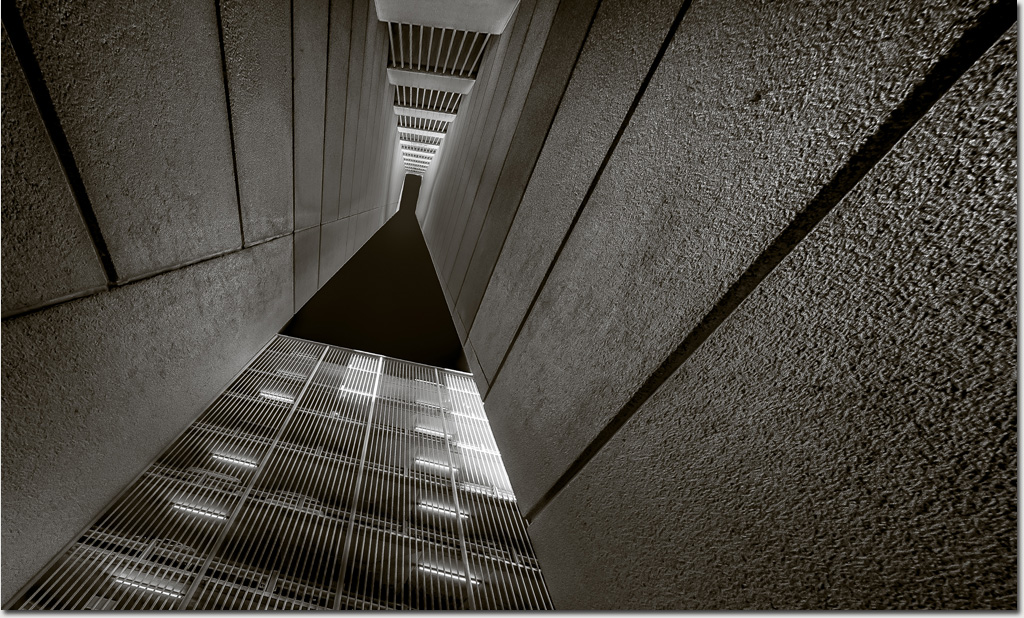
As I go about my business at the bottom of these arcane structures I can't but help feel a sense of being trapped down here.
During the day there may be blue skies or clouds. At night stars or nothing at all.
There is no light above this rabbit hole. Freedom lies in a torturous horizontal path.
Photo: Robert Rath, 'No Light Above This Rabbit Hole' 1/50s f/11 ISO320 15mm
Wednesday, August 19. 2015
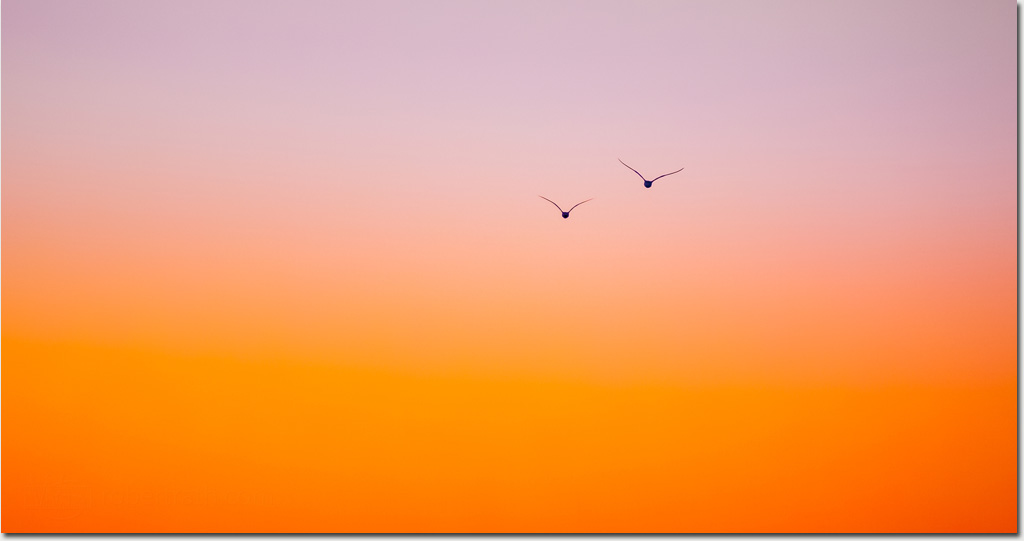
The sun is gone and twilight hues paint the sky through the colours of the rainbow. Night is coming and these glorious changing colours will last only a little while.
Perhaps if we fly as fast as we can that colour will never leave so let the two of us fly off into an amber sky and see where it leads.
Photo: Robert Rath, 'The Two of Us' 1/500s f/2.8 ISO320 200mm
Tuesday, August 18. 2015
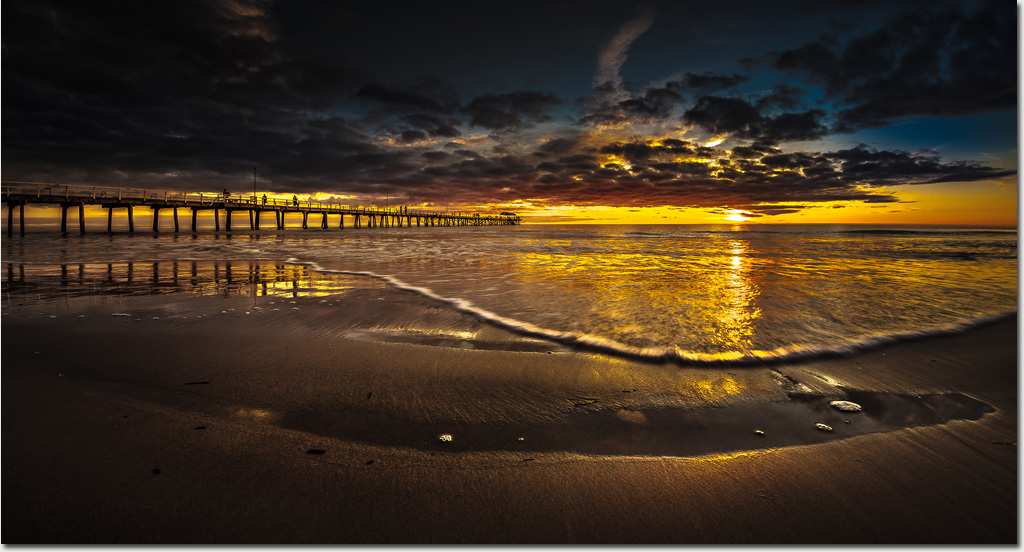
The days are getting longer now and the sun setting a little later which means more time in the evening to get down to the beach.
There are more people out walking, more people out running and more people just hanging around on the jetty enjoying the evening.
Even though winter is not quite over and we have all of spring to enjoy most are really waiting for summer.
Photo: Robert Rath, 'Waiting for Summer' 1/15s f/14 ISO100 15mm
Monday, August 17. 2015
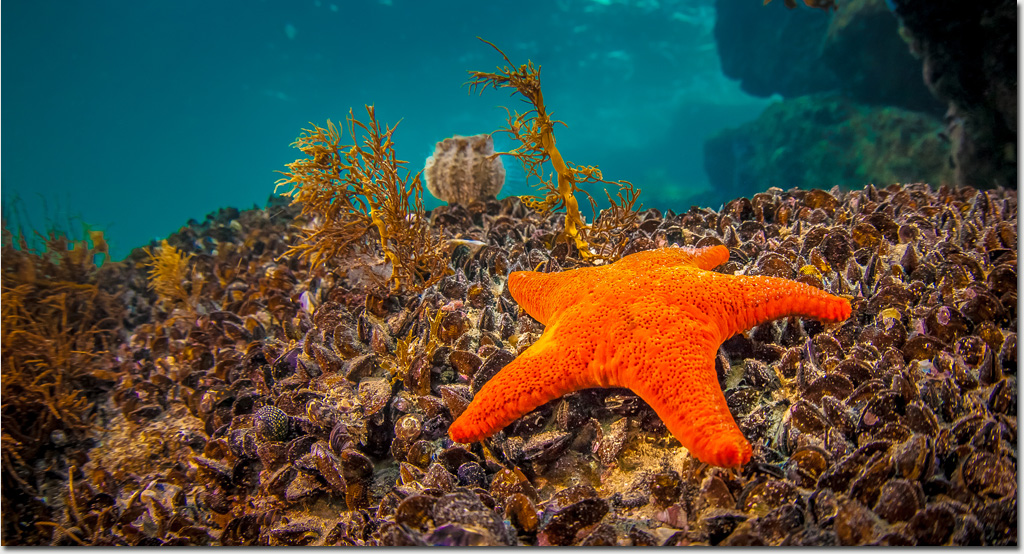
The way this teddybear star ( Anthenea australiae) has latched onto that bed of mussels has a kind of possession quality. It's as if she's saying 'Hands off,... My mussels!'
No sooner had I uttered that phrase and I was whisked away into a Sydney dentists office and to his the characters in his marine aquarium. 'Bubbles' might have had the fascination for bubbles but I can just as easily imagine the starfish 'Peach' being equally possessive of her mussels.
... clearly I have been out of the ocean too long!
Photo: Robert Rath, 'My Mussels' 1/40s f/7.1 ISO800 15mm
Sunday, August 16. 2015
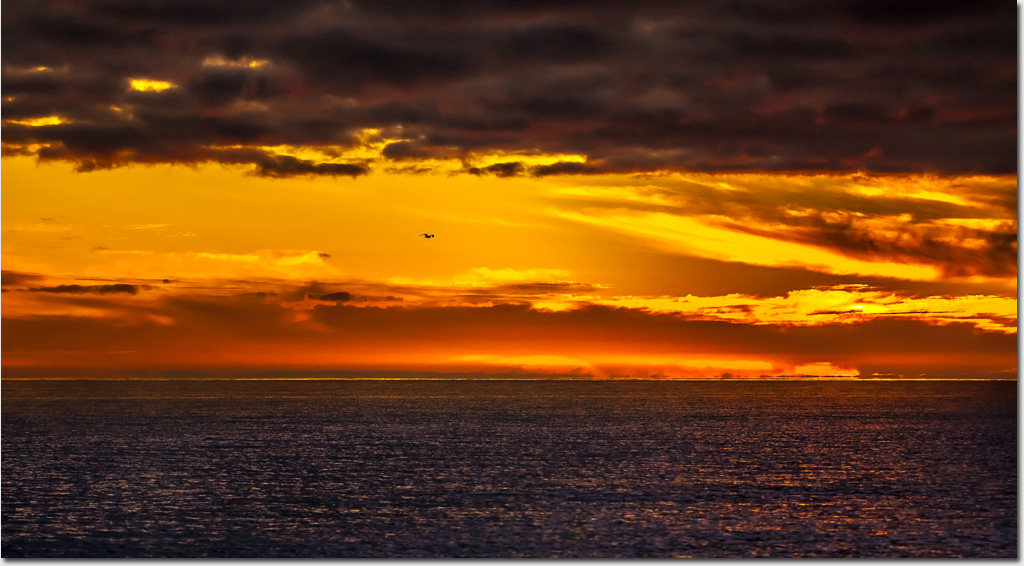
As the sun dipped below the horizon it kindled a fiery twilight. Orange and red embers flicker in the clouds, birds took flight and for a short while the world was bathed in firelight.
Photo: Robert Rath, 'Fire Light' 1/5000s f/2.8 ISO320 95mm
Saturday, August 15. 2015
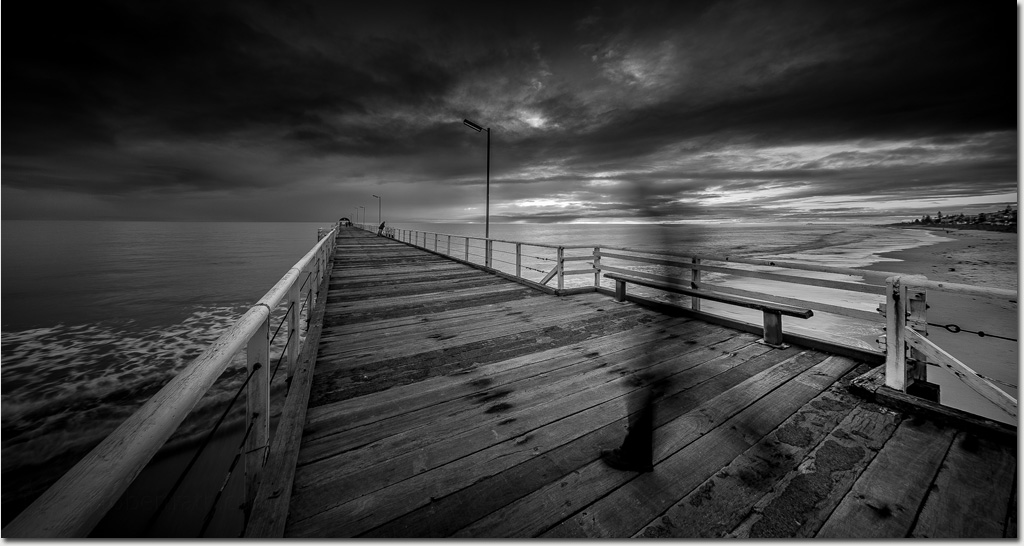
Perception of the world is so intimately bound with time that things that happen outside of normal time perception go unseen, unnoticed.
For thing that happen slowly like trees growing in the garden or large constructions sites this is obvious. What happens though when perception of time is slowed down?
As time slows people going about their business become fuzzy and blurred. Slow it down further and they become like wispy ghosts. Eventually they are gone completely.
Photo: Robert Rath, 'Nobody Saw Him Leave' 0.3s f/14 ISO100 15mm
Friday, August 14. 2015
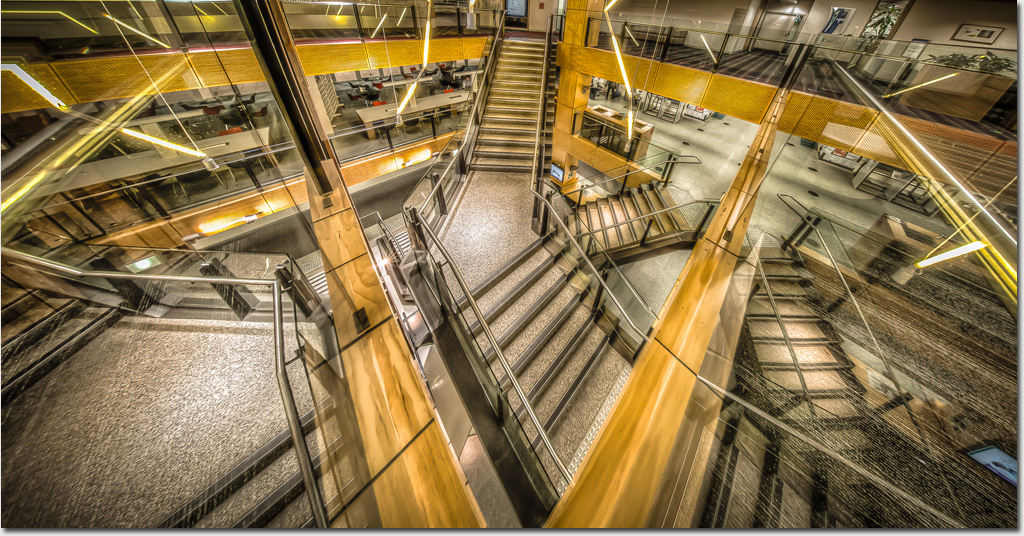
This atrium of stairs in Adelaide University's Ingkarni Wardli building is an open invitation to explore.
Either exploring up or down I still wondered which way?
In the end I had to leave this Escherian space and take the elevator.
Photo: Robert Rath, 'Which Way?' 1/2s f/16 ISO800 15mm
Thursday, August 13. 2015

Nina Ventura's art might not be for everyone but if you are into mannequins and you are a local then you should see her exhibition at the Adelaide Convention Centre while it's running.
I personally found this piece quite disturbing, like an out of body experience gone terribly wrong yet I could not keep myself from coming back to it and capturing it in my own way .
Photo: Robert Rath, 'An Out of Body Experience' 1/125 f/2.8 ISO800 200mm
Wednesday, August 12. 2015
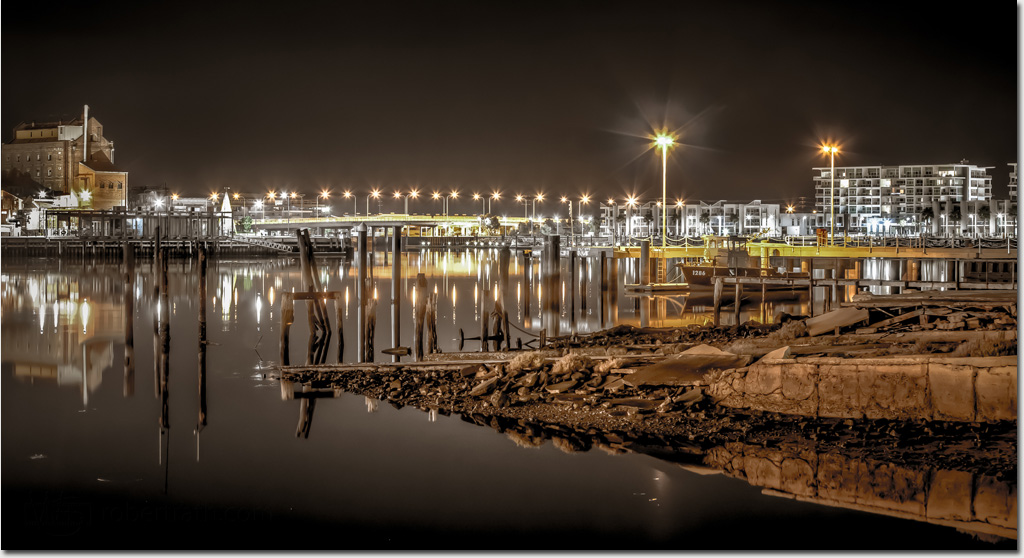
A breathless evening on the Port River is full of image opportunities.
In all of that waterscape the lack of boats has not gone unnoticed. Except for 1286.
Photo: Robert Rath, '1286' 30s f/7.1 ISO640 70mm
Tuesday, August 11. 2015
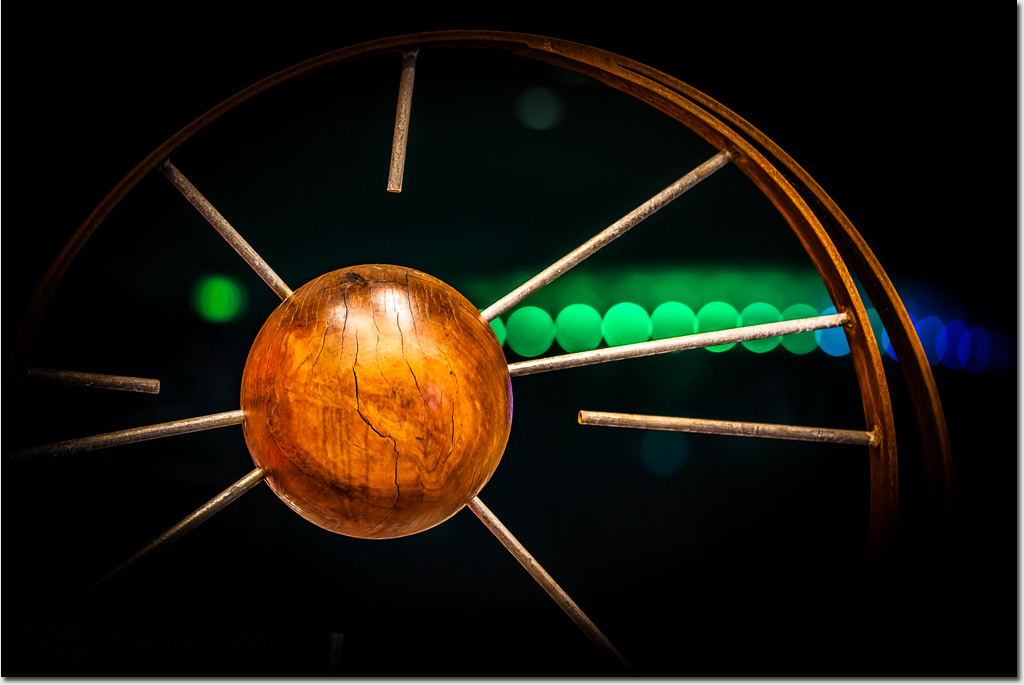
Steven Griguol works with wood and steel to create beautiful objects.
I have come across Steve's work for the first time at this year's SALA Festival. This image is part of a small collection he has on display in the foyer of the Adelaide Convention and Exhibition Center.
I honestly feel uncomfortable showing images I make of others art. Mainly because, well it's theirs, not mine and partly because the original artist might be offended by my vision.
I guess we will both learn to get over it!
Photo: Robert Rath, 'Of Wood and Steel' 1/25s f/2.8 ISO1600 130mm
|

































